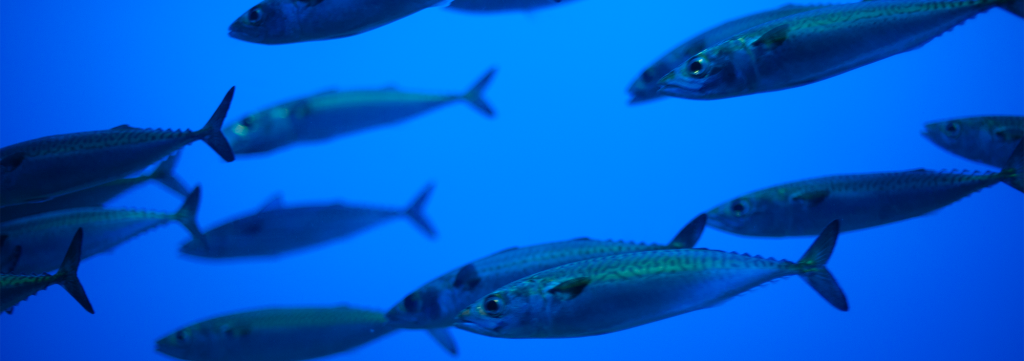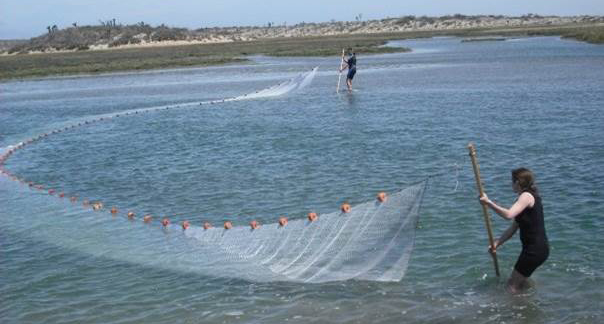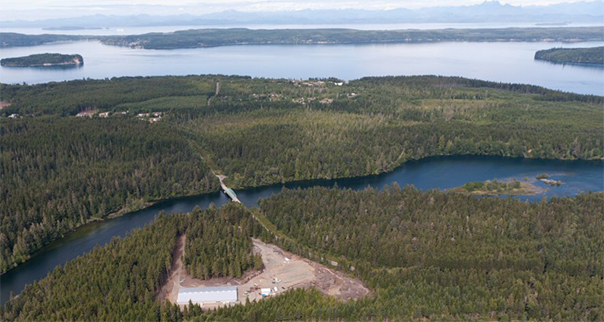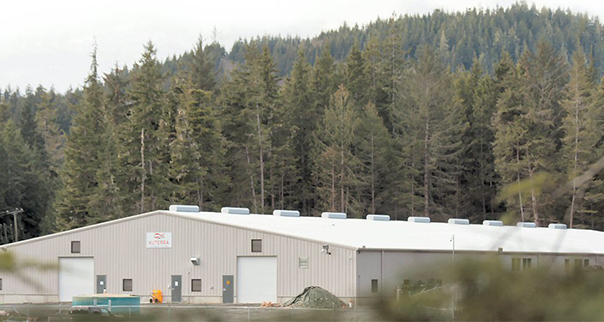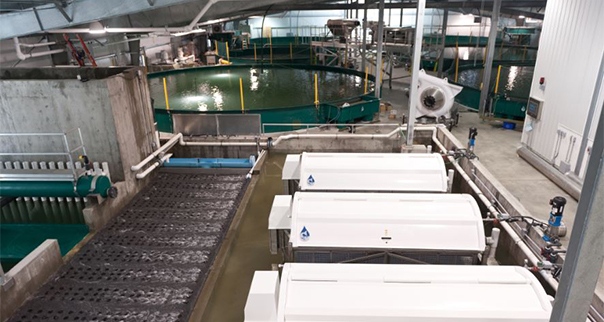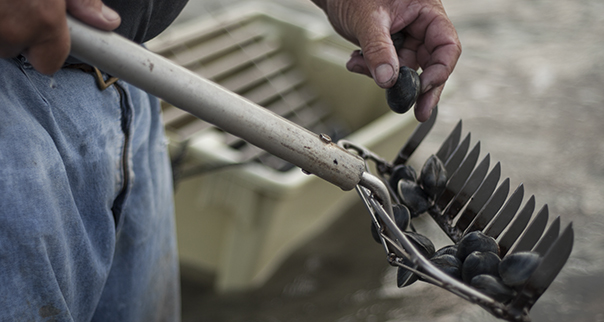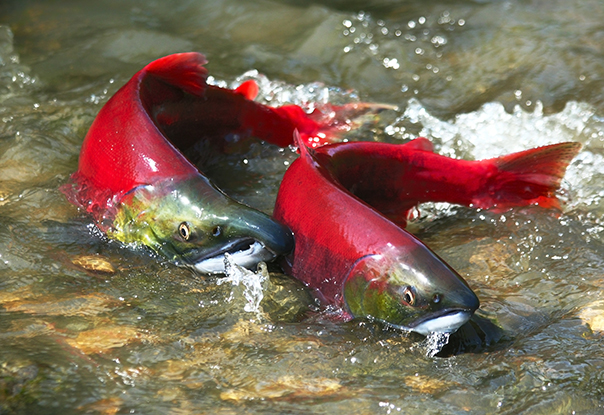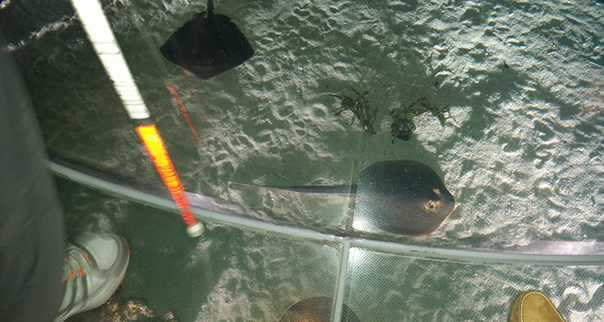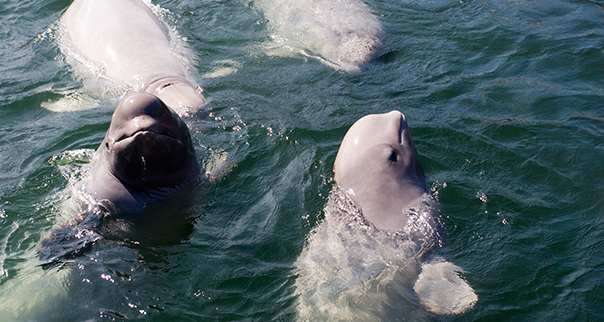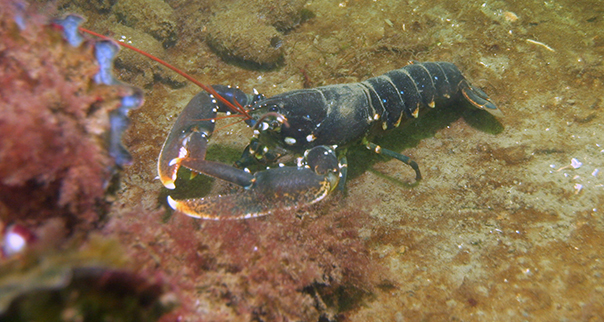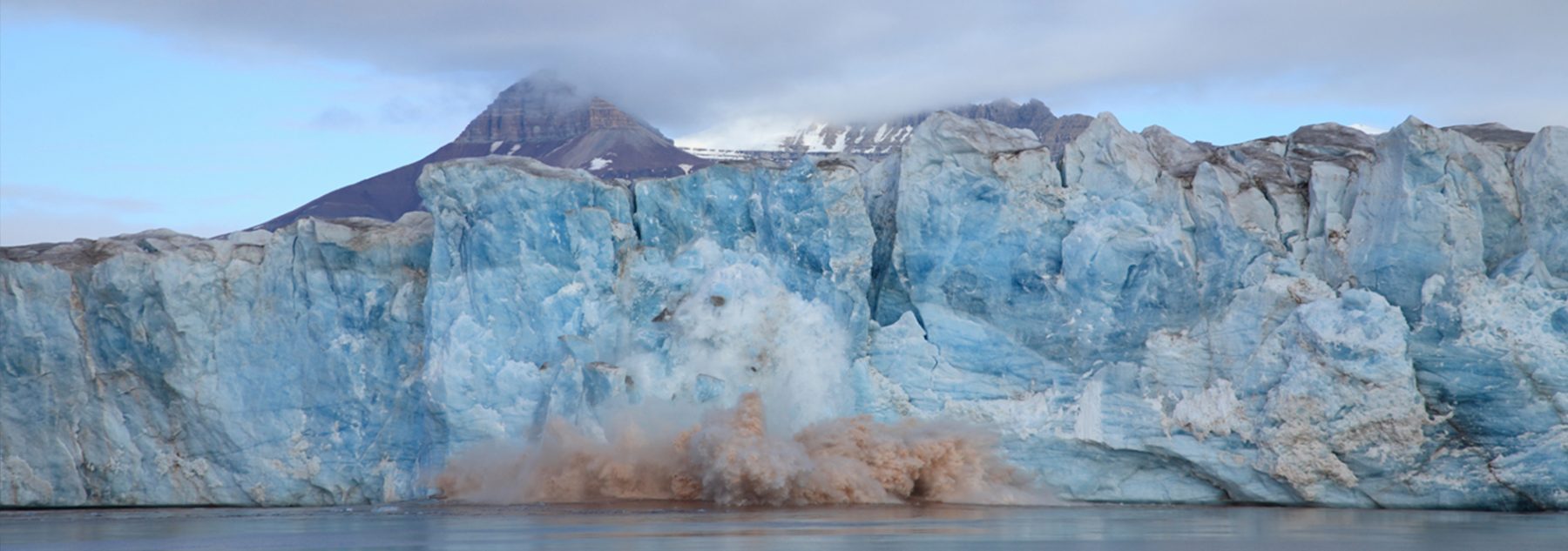
Tired of hearing about climate change and how it’s going to destroy the world as we know it? Well, try doing some of the following and let’s put a halt to climate change and all that bad news. These New Year’s resolutions have nothing to do with losing weight, and everything to do with the health and wellbeing of us all. The following are 12 actions experts recommend each of us can do to prevent further climate change:
- Measure Up: There’s some truth to the saying “What gets measured gets managed,” and quantification has become something of a cultural obsession. Oroeco, an app available on both Android and iOS, takes that zeal and applies it to tracking personal carbon emissions. Oroeco helps quantify the carbon emissions associated with purchases, investments, dietary choices and preferred modes of transport. It allows users to set goals, track performance and even compare their performance with friends.
- Reduce Consumption: Reuse everything possible, fix and repair items, recycle those items that can’t be used again.
- Conduct an Energy Efficiency Audit and develop an improvement plan: Weatherizing, using energy efficient appliances and light bulbs, and unplugging devices top the list for reducing your energy usage.
- Consider Solar: Take advantage of government programs or join a Solar Power Club to add the power of solar energy to your home or business. Whether it’s a solar heater to complement your regular water tank, or a solar panel to generate electricity, or simply using passive solar energy to heat your home, it will all help to reduce our consumption of fossil fuels.
- Switch Diets: By switching to a diet full of nuts, beans, fish and less meat, global warming could be reduced by up to 15 percent by 2050. By eating fish instead of steak, you’ll produce an eight-fold reduction in emissions, and switching to beans or lentils drops your footprint to almost zero.
- Waste Not: Worldwide, agriculture accounts for 18 percent of greenhouse gas emissions. We can help slash emissions by simply wasting less food. According to the Food and Agriculture Organization of the United Nations, about a third of the food produced worldwide never gets eaten. North American consumers and restaurants are some of the worst — throwing away almost 40 percent of the food they purchase.
- Compost: Whether you have a backyard bin, vermiculture (worm) bin, or utilize curbside pickup, composting benefits the environment. Food scraps and yard waste are typically about 30% of the waste going to landfills and incinerators. There is a two-fold climate benefit to composting by reducing the amount of methane gas released into the atmosphere.
- Install a Rain Garden: Climate change means more dramatic weather events, including flooding. Rain gardens are beautiful additions to any size yard and will relieve burdens on municipal water treatment systems, filter runoff pollutants, and protect local waterways.
- Plant a Tree: All residential communities should adopt the goal of 60% tree cover. Trees will clean the air, capture carbon and provide habitat and food for native wildlife.
- Use Transit: The transportation sector contributes over 1/3 of our carbon emissions. Use alternative transportation, such as biking, walking, taking the bus, and carpooling. Or, go electric. By committing to walk or bicycle distances under 1 km, about roughly 20% of car trips, you will eliminate 611 grams of carbon dioxide per kilometer. That’s the equivalent of the weight of a football or a can of soup.
- Step it up: Talk to people about the unraveling Arctic, extreme weather, rising temperatures and oceans, and all the rest that adds up to climate change. Challenge people who still think it’s nothing more than another of nature’s phases, but be respectful when presenting the facts.
- Get Civically Involved: Find and join a local climate change or conservation group. Phone and email your government representatives. Ask questions of store managers when making purchases.

Blue Fish Canada was pleased to be asked to take part once again in the 25th Anniversary of the annual science symposium organized by the St. Lawrence River Institute on Environmental Research. Our presentation focused on the citizen science work Blue Fish Canada inspires and informs through our Fish Stewardship and Citizen Science program. It was a packed room, and the presentation received strong positive feedback. More about the symposium follows:
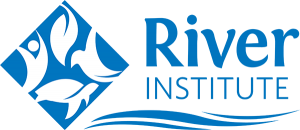
Media Advisory
For Immediate Release
May 28, 2018
Sharing Knowledge and Linking Science on the St. Lawrence River
by Karen Douglass Cooper, St. Lawrence Institute of Environmental Sciences
The St. Lawrence River Institute of Environmental SciencesSt. Lawrence River Institute of Environmental Sciences will pay homage to its history while looking ahead towards the future when it hosts the 25th Anniversary Great Lakes / St. Lawrence River Ecosystem Symposium this May 30 and 31 at OPG St. Lawrence Power Development Visitor Centre. The conference began in 1993 in Cornwall, Ontario (one year before the River Institute was founded) as a means of bringing scientists and communities together to discuss fresh water issues. IAGLR has been held conjointly with the River Symposium twice, in 2000 and again in 2012. Twenty five years on, River scientists and community members from Ontario, Quebec, Akwesasne, and New York State will come together to re-visit the original conference theme, ‘Sharing Knowledge – Linking Sciences’.
The theme celebrates the River Institute’s founding partners and neighbours, the Mohawks of Akwesasne, and highlights projects and programs that link ecosystem science and Traditional Ecological Knowledge (TEK). River Institute Executive Director, Dr. Jeff Ridal says, “Our collective responsibility to protect the environment is from an indigenous perspective and is laid out at the beginning of each conference with the “The Words that Come Before All Else” which is the traditional Mohawk Thanksgiving Address.”
Over the past two and a half decades the Institute has evolved into a unique nucleus for fresh water research, education, and community engagement throughout the Great Lakes – St Lawrence River ecosystem. That uniqueness comes in part from its connection to community and a desire to develop an enhanced awareness of the value of TEK by integrating it into scientific research. This integration is playing a vital role on the upper St. Lawrence River where public involvement plays such a vital role.
River Institute Board Chair Walter Oeggerli says, “Our experience at the River institute has been that the stories that define our history are important pathways to engage people in environmental issues and also serve to inspire scientific inquiry and research.”
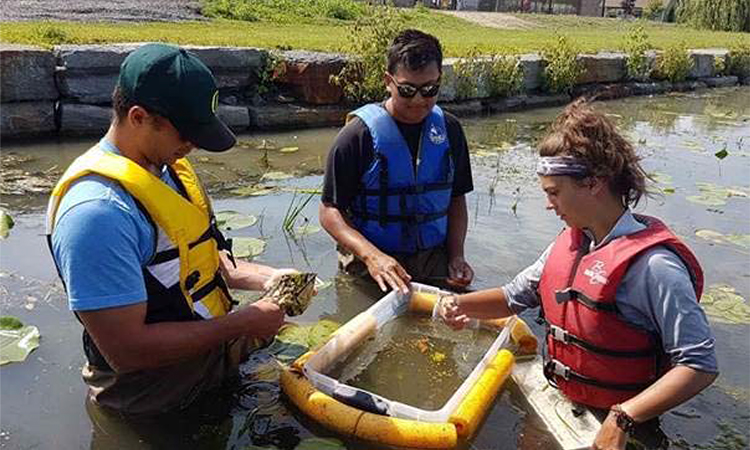
Akwesasne / River Institute Research Partnerships with FINS (Fish Identification Nearshore Survey) on St. Lawrence River (Photo credit: River Institute)
Over the course of two information packed days, the 2018 Symposium will also feature three keynote speakers that exemplify scientific inquiry and community engagement.
On May 30, the Symposium’s Community Science Day, Canadian explorer and Order of Canada recipient, Dr. Geoff Green of Students on Ice and Canada C3 fame will join local high school students. He will speak on the epic 25,000 km. Coast to Coast to Coast research and reconciliation expedition that he led along Canada’s coastline in 2017.
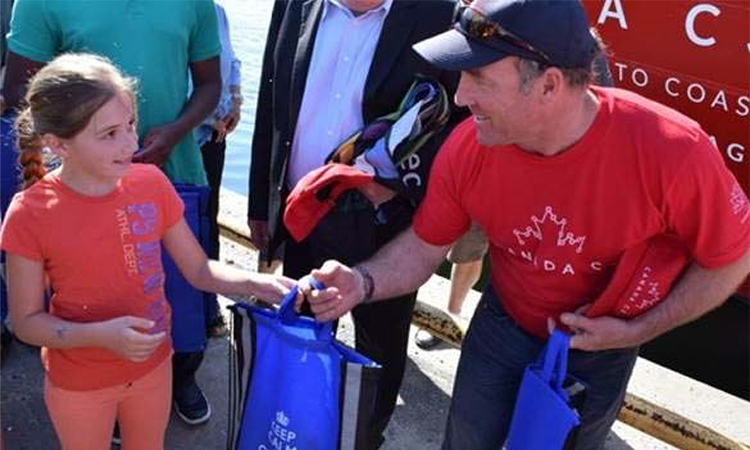
Canada C3 and the Polar Prince Visits Cornwall and Akwesasne with Dr. Geoff Green, expedition leader (Photo credit: River Institute)
The next day will highlight fresh water research and remediation. Tony David, Water Resources Manager with the Saint Regis Mohawk Tribe of Akwesasne and winner of the 2017 Environmental Champion Award from the U.S. EPA, will discuss his work in the decommissioning and removal of the Hogansburg Dam. The first project of its kind for a Native American Tribe, the removal has opened up over 500 miles of river and streams as spawning habitat for migratory fish.
Dr. John Smol, professor in the Biology Department at Queen’s University and Canada Research Chair in Environmental Change, as a guest speaker, will round out the day River Ecosystem discussion. A Co-director of Queen’s Paleoecological Environmental Assessment and Research Laboratory (PEARL), Dr. Smol’s talk is entitled appropriately enough, “Looking Back to Predict the Future”.
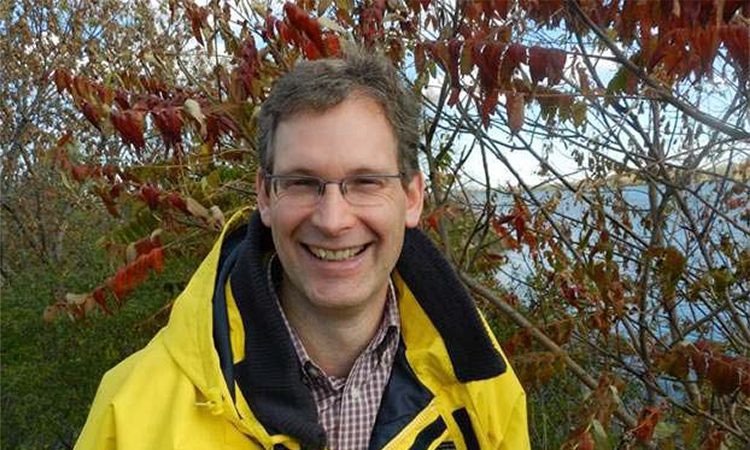
Executive Director of the River Institute, Dr. Jeff Ridal (Photo credit: River Institute)
For more details or to RSVP please contact:
Karen Douglass Cooper
Community Outreach Officer / Remedial Action Plan Coordinator
St. Lawrence River (Cornwall)
St. Lawrence River Institute of Environmental Sciences
situated on the traditional lands of the Kanien’keha:ka
2 St. Lawrence Dr.
Cornwall, ON. K6H 4Z1
(613) 936-6620 (ext. 229)
kcooper@riverinstitute.ca
www.riverinstitute.ca
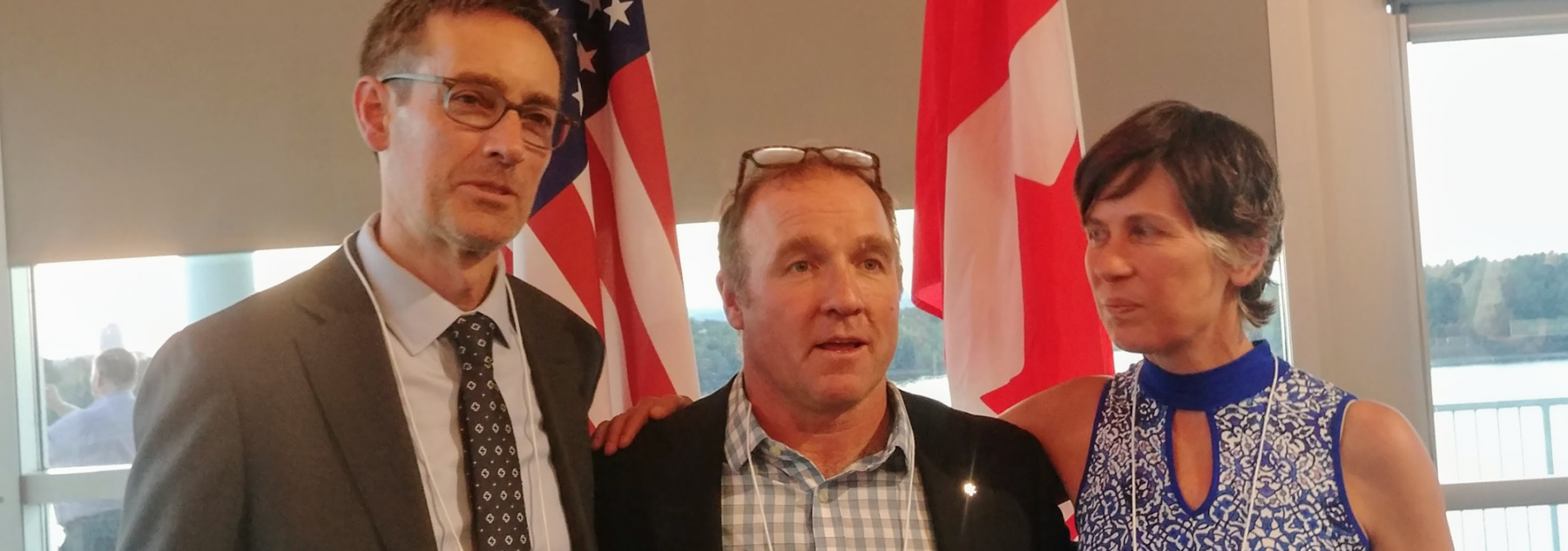
In honour of World River Day, Blue Fish Canada’s president Lawrence Gunther took part in the official ceremony to twin the Ottawa and Potomac Rivers. The twinning recognizes the many shared attributes and challenges these two national rivers have in common.
Both rivers flow through their respective nations’ capital cities, both are significant in size, both played historic roles in the founding of their nations’ capitals, and finally, both rivers are being attended to by strong and effective River Keeper organizations.
As Meredith Brown, Ottawa’s RiverKeeper pointed out, both rivers share many of the same challenges impacting swimability, fishability and drinkability. More than 1-million people drink from the Ottawa and over 6-million from the Potomac, and yet untreated sewage and untold numbers of chemicals enter these rivers routinely. Fish kill incidents still occur, and advisories warning against swimming are not uncommon.
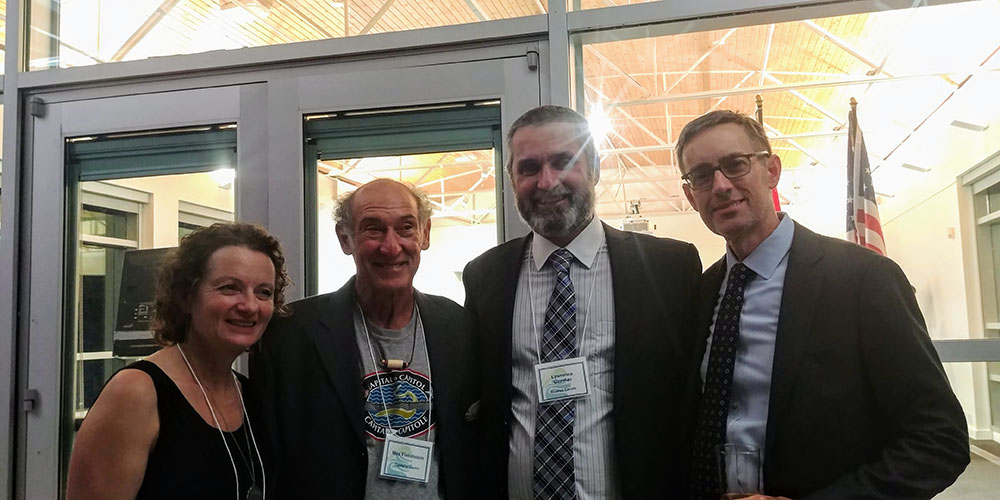
Photo from left-to-right: wildlife biologist Connie Downes, renowned explorer Max Finkelstein, Blue Fish Canada’s Lawrence Gunther, and Potomac RiverKeeper Phillip Musegaas
Rivers flowing through the capitals of nations should represent all what these two great countries represent to their citizens and the rest of the world – responsible development and usage, and a commitment to the future of fish health and fishing. Attention all anglers, your assistance is required.
Blue Fish Canada is working hard to ensure the water quality of Canada’s rivers, lakes and oceans are able to sustain fish health and our tradition of fishing. We represent your voice at numerous water quality meetings, and strive to provide a continuous source of information to anglers on how they might more effectively serve as stewards of their local fisheries. Donate today to help us with this important work, and volunteer for your local river and water Keeper organizations.

The Canadian Environmental Law Association (CELA) recently launched a new Healthy Great Lakes program to engage a broad network of individuals and organizations in shaping, implementing, and making use of laws and policies that protect and restore the waters of the Great Lakes – St. Lawrence River Basin. Lawrence Gunther, President of Blue Fish Canada, was invited to be part of the organizing committee.
The goals of the 18-month initiative include:
- elimination or reduction of toxic pollutants;
- encouraging green infrastructure adoption;
- improving water conservation and efficiency;
- protecting and restoring water quantity by responding to water diversion proposals;
- ensuring government action is distributed equitably across Ontario’s Great Lakes Basin watersheds, both geographically and in addressing needs of disadvantaged communities;
- engaging with First Nation and Métis communities in discussions of opportunities for action; and
- engaged Great Lakes citizenry that makes use of available legal tools and holds government to account for the public trust.
On May 17 the organizing committee held the “People’s Great Lake Summit” involving over 40 stakeholders representing water activists, first Nations people and fishers. The Objective of the Summit was to:
- Connect – an opportunity for individuals to meet together in person and identify potential collaborations
- Share – an opportunity to share ideas, priorities, and plans
During the May 17 Summit, Lawrence Gunther led on proposing and anchoring discussions on fish health.
Discussion items included increasing research/awareness of research on the impact of blue-green algae, plastics, sewage, invasive species, funding cuts, etc. on fish, anglers, water users and residents. More specifically: awareness of impact of blue green algae on angler safety and fish health; traditional angler fishing rights and aquatic protection zones – balance interests; fish consumption guideline research and transparency – can we trust the research; online database/Great Lakes Portal; and, online database – collaborative between multiple groups.
A second gathering is now being planned for fall of 2017. Blue Fish Canada has been identified to lead on the topic of fish health at the next summit and beyond. Consultations are now underway to ensure issues are represented thoroughly and accurately.
For more about the initiative please visit www.cela.ca/peoples-great-lakes-summit

A Blue Fish Radio Exploration of Actions and Responsibilities
Who’s Doing What?
It is possible to selectively harvest wild fish from our oceans in a way that’s sustainable. Relevant science, programs and regulations are already being implemented. However, we all have a role to play. Our individual cooperation is essential, doable and relatively effortless. Learn how you too can be part of the solution.
You can ask a dozen people about what they think of the present state of our seafood fisheries and receive just as many different answers. Confusion stems mainly from the steady wave of reports head-lined by media predicting the end of wild fish stocks throughout the world due to excessive commercial fishing. At the same time, there are plenty of examples of currently sustainable harvesting practices and still more industry players who are working hard to turn things around. You seldom hear of these successes though, as they just don’t seem to warrant the same level of media hype as the doom-and-gloom stories.
Canada and the U.S. have begun applying precautionary science-based fish management principals in forming and implementing fishery management regulations with steadily increasing success. We aren’t out of the woods yet, but research used to determine which harvesting strategies are sustainable and those that are not, and more accurate fish population assessments, are helping the two countries to reverse their downward slides.
Global positioning technology is allowing for identified areas of high importance to marine life development to be subject to tighter management controls. Non-profits that have an interest in ocean sustainability are partnering with those in the seafood industry assessed as doing it right to have their products labelled as sustainable. Lots of stakeholders are buying into the principal of sustainability. It’s now up to the rest of us to get on board.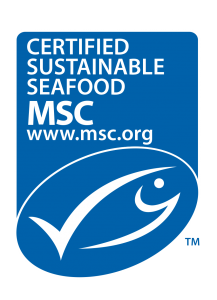
The Marine Stewardship Council is one of many non-profits busy identifying and working with commercial fisheries around the world to recognize those doing it right. Certified Sustainable means a commercial fisher’s wild fish stock harvesting practices will not threaten the long term viability of the fish stock itself. The MSC is also working with those more marginal fisheries by providing knowledge needed to earn the Marine Stewardship Council’s endorsement.
In this Blue Fish Radio episode Jay Lugar from the MSC explains how they have already applied their MSC label to 2/3 of Canada’s commercial fisheries.
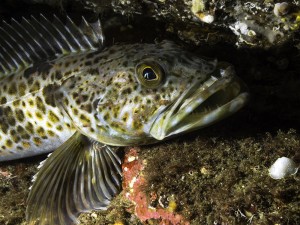
Juvenile Lingcod photographed at a depth of 85 feet in the cold waters of southern British Columbia.
Oceana Canada has a slightly less optimistic perspective on how far Canada has progressed. Their most recent 2016 report states only 24% of Canada’s wild marine fish stocks are at healthy levels. Oceana focusses its energies on scientifically documenting pointing out those fisheries that are performing badly. Hey, someone has to keep everyone on their toes and in this episode of Blue Fish Radio Oceana Canada’s Executive Director, Josh Laughren points out the heavy lifting that still needs doing.
SeaChoice, run out of the Suzuki foundation, is another organization dedicated to working with fisheries to improve sustainability. They differ from the Marine Stewardship Council in that their funding comes from an independent and unrelated source, so they don’t mind spending their time focussing on those fisheries that are causing the lion’s share of the problems.
In this Blue Fish Radio episode with Kurtis Hayne, SeaChoice is first to admit massive re-thinks on how we harvest certain wild stocks are crucial to getting it right.
The Safina Centre has made it their mandate to scientifically assess which seafood harvesting practices and technologies need to go, which can be improved, and which are working just fine.
In this Blue Fish episode with Elizabeth Brown from the Safina Centre, we learn more about their work and how it underpins much of the rest of the sustainability certification efforts undertaken by organizations applying sustainable labels to seafood products.
Aquaculture is increasingly held up as an alternative to our continuing to harvest wild fish stocks. Maybe someday it will, but there are still many hurdles to overcome. One solution non-industry experts are pointing to is closed containment fish farming.
- Kuterra Aerial View
- Kuterra Building Exterior
- Kuterra Building Interior
- Kuterra Salmon
In this episode of Blue fish Radio [5] we speak with Jo Mrozewski to learn more about one such example, the Kuterra Salmon Farm on Vancouver Island.
Others are counting on the proliferation of marine protection areas or MPAs. What such designations actually mean varies widely. Yes, it’s a defined area of ocean, but what human activity can continue to take place within the zone ranges widely from a no-go zone for everyone, to a complete or partial boycott on commercial, and in some cases, sport fishing, to allowing tourism related activities only. What we are learning is that the nature of each prohibition needs to makes sense and be supported for each area, as without such support the MPA serves in name only.
In this Blue Fish Radio episode Dr. Chris Harvey Clarke discusses the strengths, weaknesses and the role MPA’s play in promoting healthy and sustainable fish stocks.
Another solution borrows from the ground-swell interest by the public in purchasing their vegetables from local growers fresh and direct. Emerging community supported fisheries reward those commercial seafood harvesters who are willing to take the time to do it right. Fishers who have a vested interest in seeing the resource continue, and who are small enough that when they return to port they can sell most if not all of their catch to pre-determined local buyers and members of the public who have committed to buy equal shares with the knowledge that it was caught the right way.
Blue Fish speaks with Dr. Joshua Stoll who has made it his mission to document and share what it takes to establish community supported fishery initiatives.
If you don’t live nearby a bustling fishing port, than rest assured that the Vancouver Aquarium’s Ocean Wise program is on the job educating restaurants and their seafood chefs on how to select seafood that was harvested in a sustainable way. The goal is that by putting pressure on suppliers, they in turn will start demanding that their producers, the fishers, will begin harvesting seafood in ways that can be certified as sustainable.
It’s a supply-and-demand economics 101 approach to fixing the problem that Claire Li from the Vancouver Aquarium’s Ocean Wise program explains in this episode of Blue Fish Radio as producing solid results.
One of the first organizations in North America to empower citizens to make sustainable choices is the Monterey Aquarium in northern California. The sea-side town of Monterey was once dominated by fishing boats and processing plants, but with the collapse of many of their area wild fish stocks, the town turned to tourism for its survival. One couldn’t ask for a more suitable and idyllic location for a public aquarium that now sees well over a million visitors come through its doors every year. One of the Aquarium’s programs is the distribution of small wallet-sized reference cards that list the sorts of wild fish commonly found and harvested in the Pacific, and then indicating with a series of three coloured lights which fish stocks are in danger, red, which stocks are of concern, yellow, and which stocks can be consumed guilt free, green.
While the Monterey’s SeaFood Watch program may be centred on Pacific fisheries, in this episode of Blue Fish Radio Ken Peterson explains how it’s applicable to all of North American consumers given that fish taken from the Pacific are transported to buyers throughout the continent.
Others, like the Aquarium Du Quebec explain in this Blue Fish Radio episode how they have modified the Seafood Watch approach to better suit their own region’s unique fisheries. They aren’t the only one who has adopted a “watch” program to better reflect their regionally harvested unique sea life.
On the enforcement side, Alan Risenhoover of the National Oceanic and Atmospheric Administration (NOAA) reports in this episode of Blue Fish Radio on the fruits of their hard work to develop and implement the scientific measuring sticks used in determining what stocks are still in decline and which are recovering. Applying as scientific approach to fish stock management, and putting an end to political interference on how stocks are managed, is proving effective as one species after another is taken off the list of distressed wild fish stocks.
In order to accurately track who is catching what and where, new tools for monitoring and tracing needed to be established. Systems that start with the vessel doing the harvesting, and then tracks each step along the way until the seafood is consumed. Such ship-to-plate traceability means accountability and bringing to an end the illegal harvesting of seafood.
It’s what Michele Kuruc, VP of ocean policy for the World Wildlife Fund, reports to be working hard to accomplish in this Blue Fish Radio episode, and it’s got the support of the U.S. government.
Not allowing ships to dock at our ports that won’t or can’t prove where their seafood was captured is just one new stick in the government’s tool chest. On-board remote cameras are another. Laurie Bryant from the NOAA reports on their “Fish Watch” program and its beneficial results in this episode of Blue Fish Radio.
Bringing to an end the outdated and unsustainable commercial harvesting practices and greed that still plague large portions of the commercial fishing industry that is taking place outside the territorial waters of Canada and the U.S. is imperative if we are to sustain the earth’s growing population. Achieving sustainable commercial fishing throughout the world hinges on all of us having greater awareness of the efforts being taken by the many different stakeholders. More importantly, if the oceans’ wild fish stocks and the ways they are being harvested are to return to sustainable levels, all of us need to begin to exercise responsible choices. The tools needed to make such choices are now available. It’s now up to each of us to incorporate these tools into our decision making processes when purchasing or consuming seafood.
 Blue Fish Canada/Poisson Bleu Canada
Blue Fish Canada/Poisson Bleu Canada